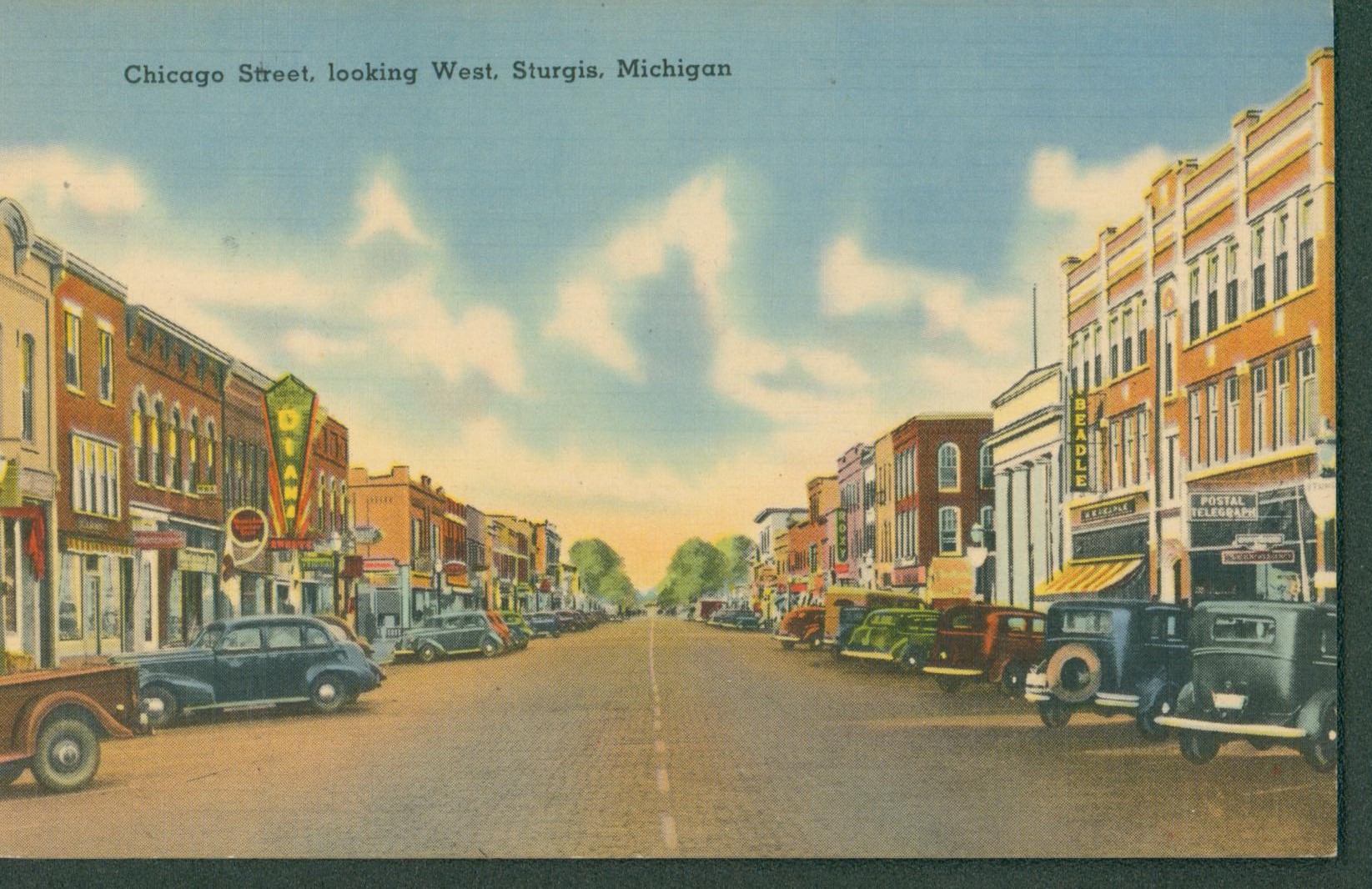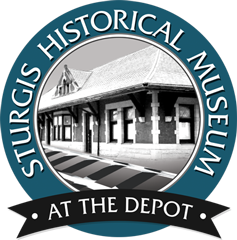An Educational and Entertainment Troup
Have you heard of a Chautauqua?
It was an adult education and social movement that began in the late 1800s. A troupe of touring lecturers, performers, singers and musicians would arrive in town, set up tents and welcome the public. Admission was $1.50 for the entire week or $4 daily.
At its height, there were several hundred of these touring through the United States and Canada, especially during World War I.

Sturgis hosted a National Lincoln Chautauqua “All Star Six Day Program” July 23-28, 1914, with different events each day. Locals could listen to lectures by William Mason, a former Illinois senator; Malcolm Patterson, the governor of Tennessee who fought the Temperance movement; Thomas McClary, a pioneer circuit rider; Dr. George Brainerd, a physician from California; Fred Jackson, a former Kansas congressman; Dr. George L. Cole, a historian of “Southwest Indian Life”; Belle Kearney, a daughter of Old South aristocracy; and William Lloyd Davis of the University of Wisconsin.
For music and entertainment the highest billed group was the Royal Black Hussar Band, “one of the greatest musical organizations of its kind in the United States.” Other options included Tome Crowine, a mime; Nell Bunnell , a soloist; Beatrice Weller, a musician/artist; the National Grand Opera Company; The University Band; Hazel Folsom-Daggy accompanied by three musicians; and the Price Concert Company, featuring brass and stringed instruments.
A Chautauqua offered cultural entertainment locally and affordably for those who could not travel to larger cities. The popularity of the Chautauqua movement began to dwindle in the 1920s.



